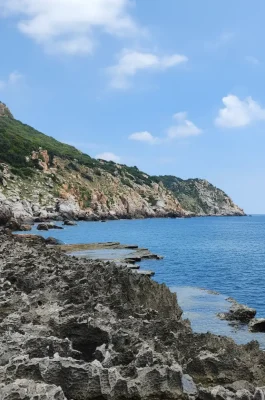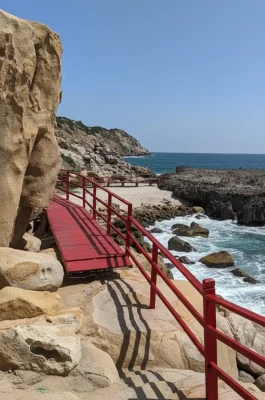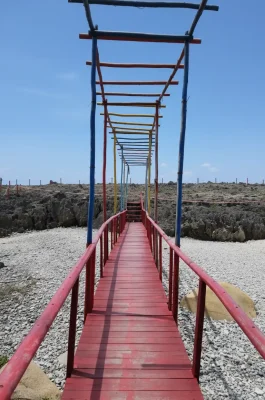Hang Rái (Rai Cave or Otter Cave) offers one of Ninh Thuận’s most spectacular and unique coastal landscapes. Situated along the beautiful ĐT702 road within the boundaries of Núi Chúa National Park, this site draws travelers seeking dramatic natural beauty and exceptional photography opportunities. The terrain combines rugged sea cliffs with an ancient coral platform, creating a truly alien-like environment often nicknamed “Mars on Earth.”
Geological Marvel and Naming
The area gains its distinct appearance from a remarkable geological feature.
Ancient Coral Reef: Hang Rái features an extensive ancient coral reef terrace, which has fossilized over thousands of years. This process formed the sharply jagged, layered rock platforms that define the landscape today.
The “Sea Waterfall” Effect: When the tide rises and waves crash against the jagged coral platform, the water flows back toward the sea. This action creates dozens of miniature, cascading waterfalls. This rare phenomenon makes sunrise viewing at Hang Rái particularly popular for photographers.
The Name’s Origin: Locals named the area Hang Rái (Otter Cave) because it served as a former habitat for sea otters (rái cá) who sought shelter and fresh water among the complex rock formations.
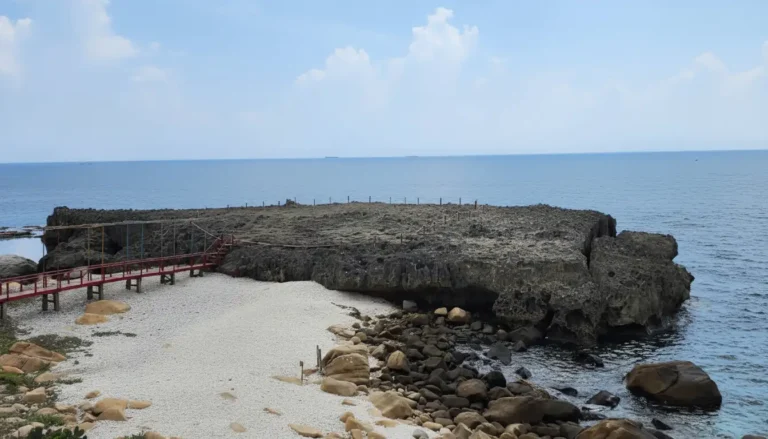
Visitor Experience and Activities
Hang Rái provides a raw, adventurous experience, focusing on sightseeing and photography.
Coastal Exploration: Visitors walk along the rugged, naturally formed pathways and a wooden viewing bridge. You discover small pools and crevices carved into the rock by centuries of wind and water erosion.
Photography Hotspot: Photographers favor the location for its dramatic beauty, especially capturing the sunrise and the unique “waterfall” effect. The contrast between the harsh brown-gray rock and the deep turquoise sea is stunning.
Swimming and Snorkeling: Depending on the tide and weather, some visitors swim in the clear, natural pools that form among the rocks, or explore the nearby coral reefs.
Part of Núi Chúa National Park: The site lies within a national park and marine reserve. Consequently, the park maintains the area’s pristine nature and protects the surrounding marine ecosystem, including a small sea turtle reserve.
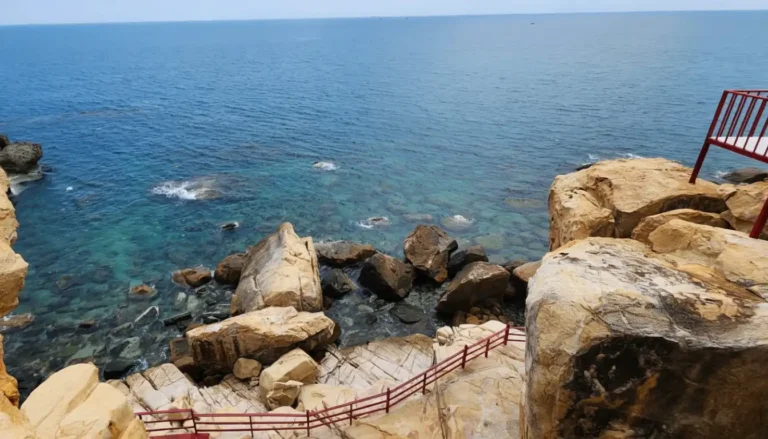
Planning Your Visit
Travelers should consider the time of day and year to maximize the experience, particularly aiming for the unique tidal effects.
| Information Point | Detail | Note |
|---|---|---|
| Best Time to See Waterfall | Early Morning (Sunrise) and High Tide | Check the local tide schedule to increase your chance of seeing the 'waterfall' effect. |
| Best Season to Visit | Dry Season (March to September) | This period offers clear skies and calm seas. Avoid the rainy season (Oct-Dec) due to slippery rocks. |
| Entrance Fee | Around 50,000 VNĐ per person (Reference) | This fee contributes to the maintenance and conservation of the Núi Chúa National Park area. |
| Getting There | Follow the scenic ĐT702 coastal road north from Phan Rang City. The drive takes approximately 45-60 minutes. | The road is famous for being one of Vietnam's most beautiful coastal routes. |
Hang Rái commands attention as a geological masterpiece, offering a powerful encounter with the raw, untamed beauty of Vietnam’s south-central coast. Always exercise caution when walking on the sharp, wet, and slippery rocks.

